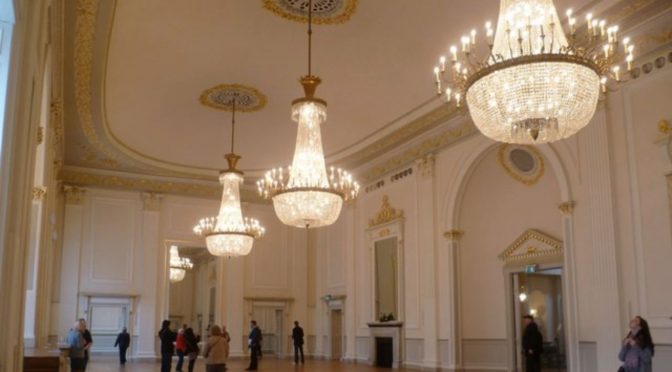In Part 1, I wrote about Patrick Byrne’s early years and education, down to his discharge from harp school in 1822. Then in Part 2, we looked at his early career, working for patrons in Ireland and England from 1822 to 1837. Part 3 covered his first visit to Scotland over the winter of 1837-8, and his tour of Ireland in 1839-40. Then in Part 4 we looked at him playing for Queen Victoria at Windsor Castle, and then touring mostly in Ireland and a bit in England in 1841-4.
Since I posted part 4, John Scully has published his book Ah how d’you do sir (Carrickmacross, 2024) which gathers records of Byrne’s life, including many that I have included in my posts but also some that I had not found. I will refer to his book when he has found things that I didn’t know about. I have a few copies of John’s book in my shop.
By 1845, Patrick Byrne must have been around 50 years old. He was working hard, buoyed by his Royal patronage and his extensive networks of aristocratic patrons. At the beginning of 1845, he set off for his second trip to Scotland. It was a busy trip, and so this post will follow him for about six months, from when he went over at the beginning of 1845, until he headed back to Belfast on 25th June.
Continue reading Patrick Byrne part 5: Scotland, 1845










